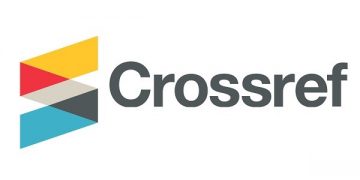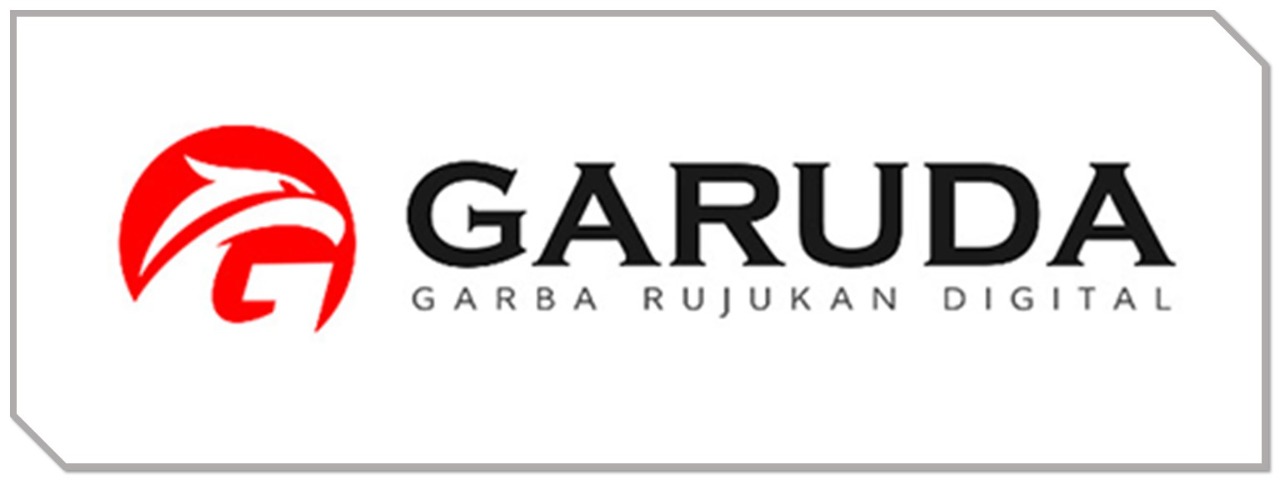Analisis Persaingan Bisnis Syariah Menggunakan Pendekatan Porter Five Forcess Pada Kspps Hanada Quwais Purwokerto
DOI:
https://doi.org/10.61722/jaem.v2i2.4871Keywords:
Porter Five Forces, Islamic Business, Competitive AdvantageAbstract
This study investigates the competitive dynamics of the Islamic business sector at KSPPS Hanada Quwais Purwokerto using the Porter Five Forces framework and an Islamic strategic management perspective. The research employs a descriptive qualitative methodology based on literature analysis, interviews, and observation. The research indicates that there are few hazards from substitute items, that suppliers and customers have a fair degree of bargaining power, that entry barriers are high, and that competition is intense. The combination of sharia values, supply chain management, differentiation tactics, product innovation and digitization, and a strong dedication to sustainability and social responsibility all contribute to KSPPS Hanada Quwais's competitive edge. These results highlight the significance of implementing sharia principles in all facets of business operations and offer strategic insights for Islamic cooperatives to preserve and improve their position in a cutthroat market.
References
Fiorenita, F., & Dwianika, A. (2021). "Penerapan Five Porter Analysis pada Efektifitas
Kelangsungan Usaha Pelaku UKM (Studi Kasus UD Rey Collection)". Jurnal Sains Manajemen & Akuntansi (JSMA), Vol. 13 (1), pp: 37–47.
Aprillia, Z. Z. (2020). "Rancangan Sistem Informasi Penilaian Kinerja Koordinator Proyek PT Atrium Propugnatorum Teknika". Jurnal Administrasi Bisnis, Vol. 16 (1), pp: 86–102.
Annabhani, M. N. (2021). STRATEGI PEMASARAN PADA PRODUK HANABUNG.
Aulia, L. H. (2022). UPAYA MERAIH KEUNGGULAN BERSAING MELALUI STRATEGI PEMASARAN PADA KOPERASI SYARIAH (Studi Kasus KSPPS Hanada Quwais Sembada KC Purwokerto).
Christanti, S. A. (2022). Analisis Porter’s five forces pada PT. Multidaya Lokasakti Mandiri.
Eka Widyastuti, A., Yusriyah Naurah, A., & Awaluddin, M. (2024). STRATEGI KEUNGGULAN KOMPETITIF BISNIS SYARIAH PENDEKATAN PORTER FIVE FORCES: LITERATUR REVIEW (Vol. 28).
Fajrul Syam, A., Esmiralda Wijaya, M., & Awaluddin, M. (n.d.). ANALISIS PERSAINGAN INDUSTRI HALAL MENGGUNAKAN PORTER FIVE FORCES: PERSPEKTIF MANAJEMEN STRATEGI ISLAM. In Inovasi dan Kreativitas dalam Ekonomi (Vol. 8, Issue 1).
Hintoro, S., Wijaya, A. F., & Penulis, K. (2021). ANALISIS STRATEGI BERSAING PADA BIZNET BRANCH SALATIGA MENGGUNAKAN PORTER’S FIVE FORCES. 2(6). https://doi.org/10.31933/jemsi.v2i6
Marsda Adisucipto, J. (2018). KEMENTERIAN AGAMA REPUBLIK INDONESIA UNIVERSITAS ISLAM NEGERI SUNAN KALIJAGA FAKULTAS DAKWAH DAN KOMUNIKASI.
Okky. (2023). ANALISIS FIVE FORCES PORTER PADA PERSAINGAN BISNIS SEPATU DI KECAMATAN PRAJURIT KULON MOJOKERTO.
Panjaitan Chairun Nisa. (2025). Integritas Perspektif Bisnis Islam: Definisi Pentingnya etika dan Landasan dalam Al Quran sebagai panduan praktik bisnis berkelanjutan.
Prawoto, I., Anisa, F., & Fi Ismi, S. (2024). Implementation of Islamic Values in Strategic Performance Management in Islamic Universities to Increase Global Competitiveness and Innovation. Rayah Al-Islam, 8(2), 576–587. https://doi.org/10.37274/rais.v8i2.1037
Santoso, M. B., & Raharjo, S. T. (2022). DISKURSUS CORPORATE SOCIAL RESPONSIBILITY (CSR) DALAM MEWUJUDKAN SUSTAINABLE DEVELOPMENT GOALS (SDGs). Share : Social Work Journal, 11(2), 100. https://doi.org/10.24198/share.v11i2.37076
Yani, A. (2019). Keunggulan Kompetitif Melalui Pendekatan Strategis (Studi pada Perbankan Syariah di Kalimantan Selatan).
Zahra Fierza Arzety, & Endang Pudji Widjajati. (2024). Optimasi Strategi PT PLN: Analisis Studi Kasus Dengan Pendekatan Five Force Analysis. Jupiter: Publikasi Ilmu Keteknikan Industri, Teknik Elektro Dan Informatika, 2(1), 262–272. https://doi.org/10.61132/jupiter.v2i1.81
Faizah, N. &. (2019). Integrasi Prinsip Syariah Dalam Analisis Persaingam Bisnis: Studi Pada Industri Keuangan Syariah. Ekonomi Islam, 10 , 145-160.
R, S. M. (2020). Strategi Keunggulan Kompetitif Dibisnis Syariah Menggunakan Porters Five Forces. Bisnis dan ekonomi Islam, 5, 210-225.













